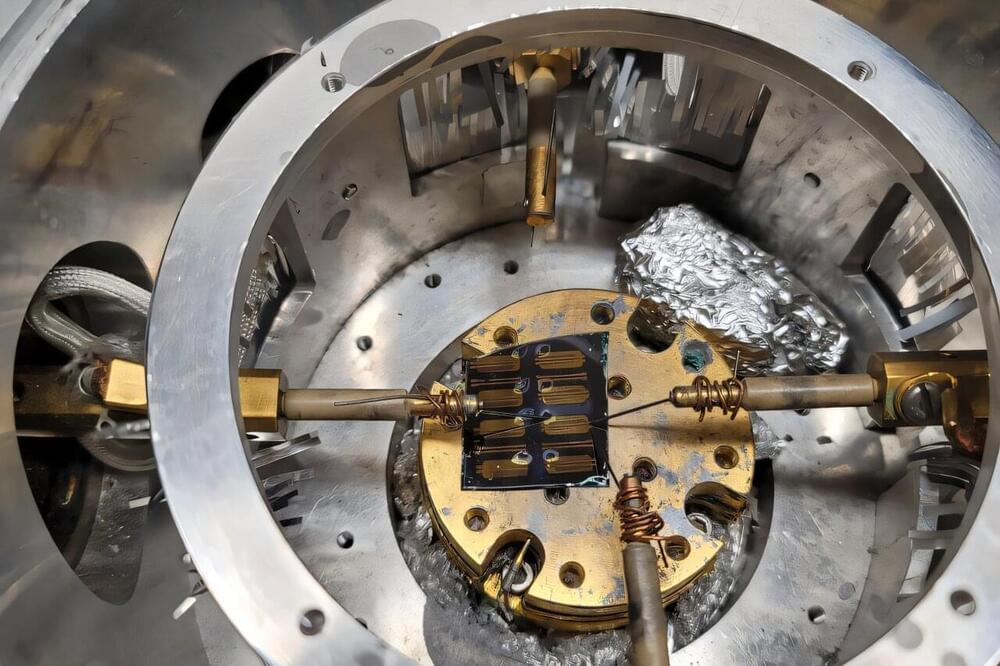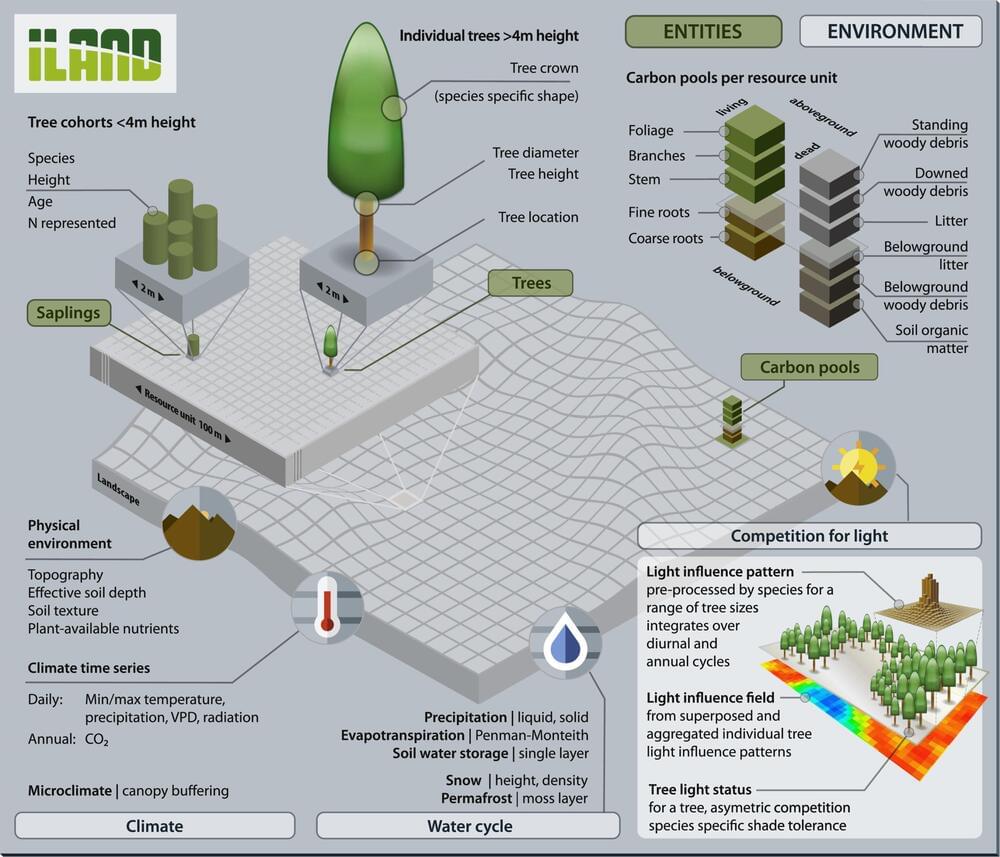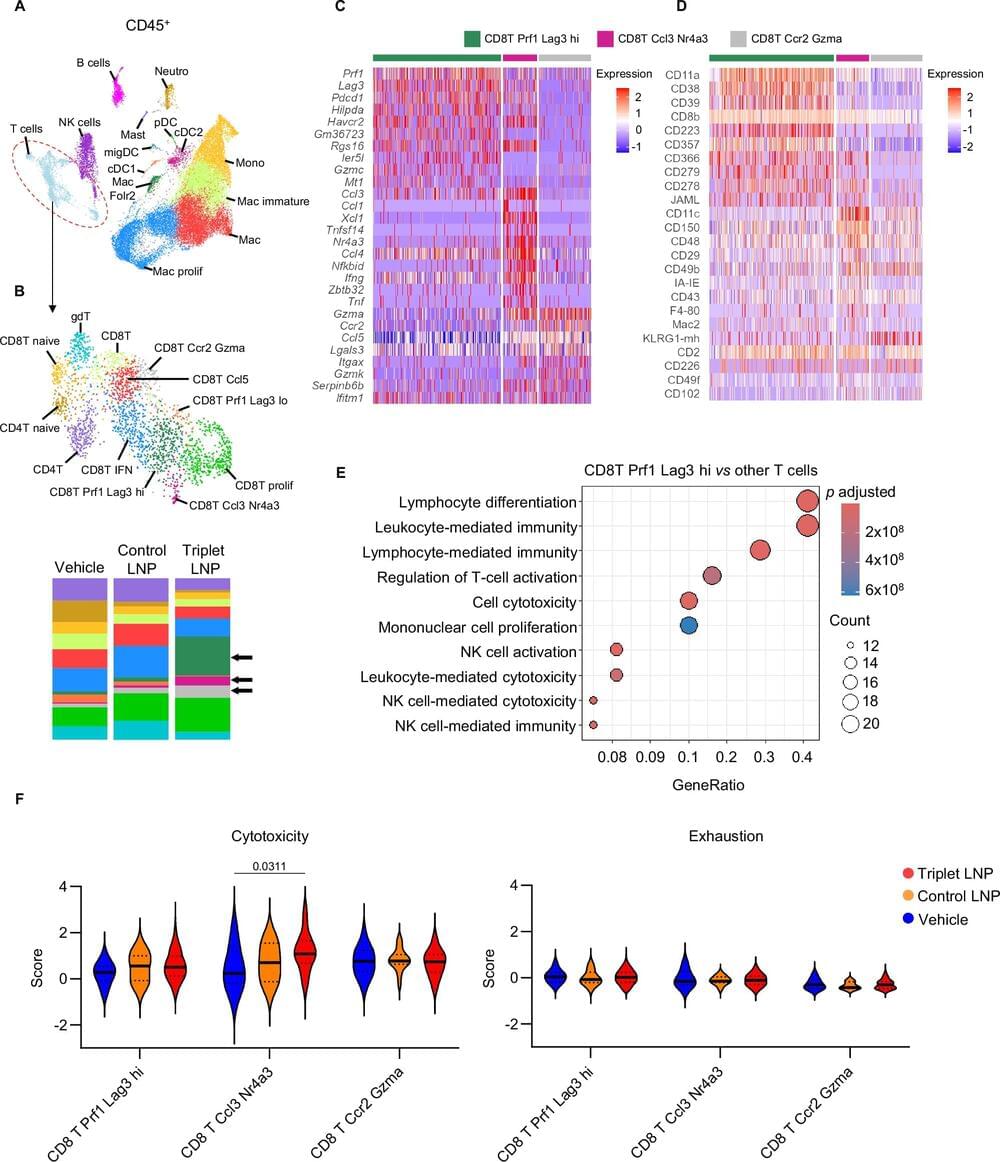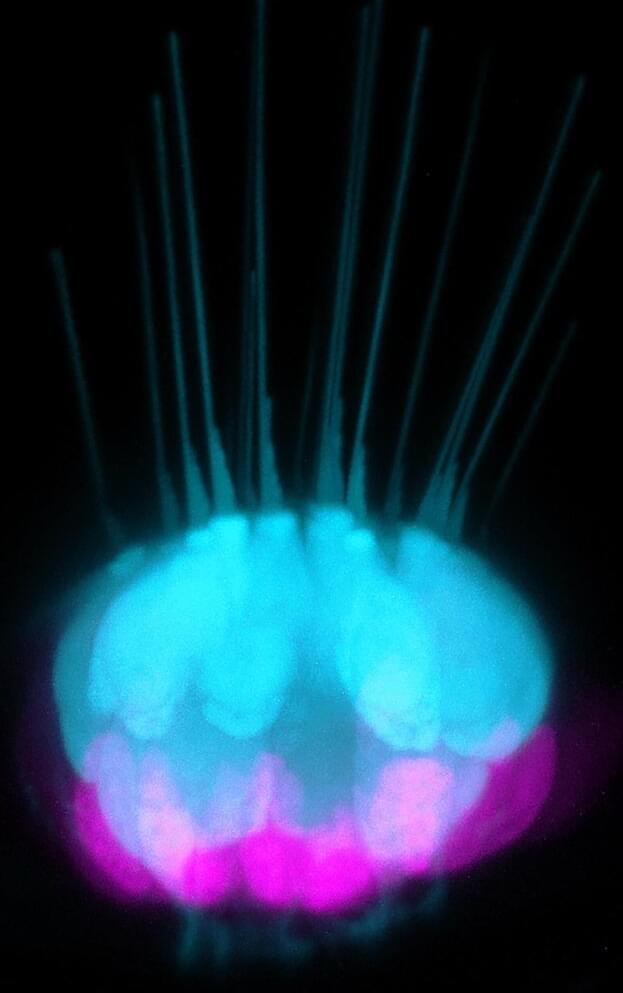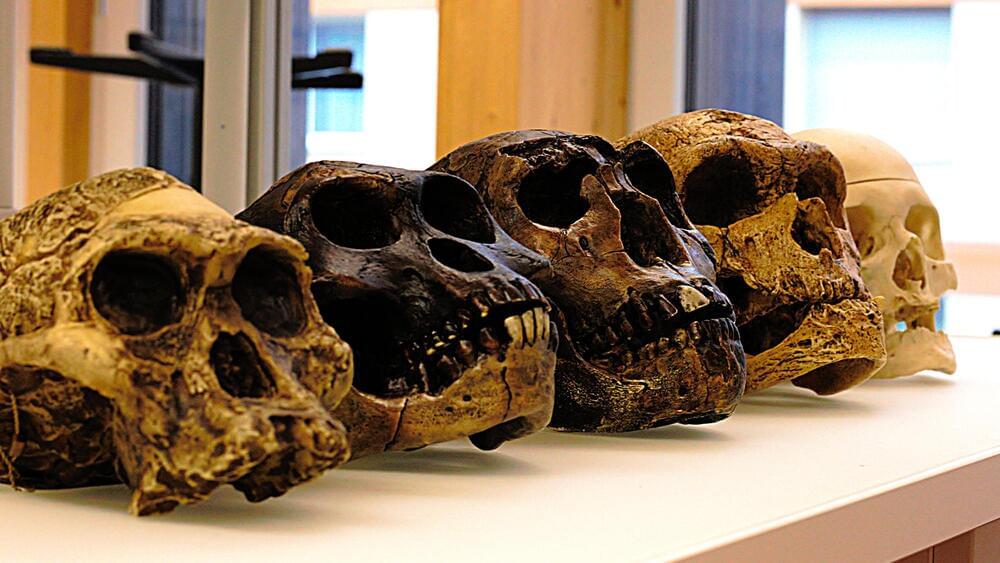Dec 10, 2024
First electrically pumped, continuous-wave semiconductor laser advances silicon photonics integration
Posted by Genevieve Klien in categories: chemistry, internet, robotics/AI
Scientists have developed the first electrically pumped continuous-wave semiconductor laser composed exclusively of elements from the fourth group of the periodic table—the “silicon group.”
Built from stacked ultrathin layers of silicon germanium-tin and germanium-tin, this new laser is the first of its kind directly grown on a silicon wafer, opening up new possibilities for on-chip integrated photonics. The findings have been published in Nature Communications. The team includes researchers from Forschungszentrum Jülich, FZJ, the University of Stuttgart, and the Leibniz Institute for High Performance Microelectronics (IHP), together with their French partner CEA-Leti.
The rapid growth of artificial intelligence and the Internet of Things are driving the demand for increasingly powerful, energy-efficient hardware. Optical data transmission, with its ability to transfer vast amounts of data while minimizing energy loss, is already the preferred method for distances above 1 meter and is proving advantageous even for shorter distances. This development points towards future microchips featuring low-cost photonic integrated circuits (PICs), offering significant cost savings and improved performance.
